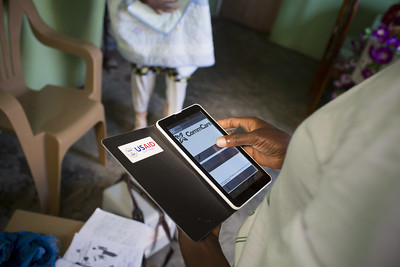
Accelerating Innovation, Performance, and Impact at USAID
Summary
The United States Agency for International Development (USAID) tackles some of the toughest challenges in some of the toughest places on earth, including fighting global pandemics, growing economic prosperity, strengthening democratic institutions, and providing humanitarian relief. USAID plays an important role in addressing global development problems that initially lack effective, scalable, and sustainable solutions. Yet USAID’s activities allow little room for the risk taking or iteration needed to drive significant improvements and encourage disruptive new ideas, with most programs implemented through detailed plans with rigid designs.
Imagine if the pace of progress for global development could match the breakneck pace of advances in the tech sector. The next administration should assess where current USAID interventions are inadequately meeting global need, applying best practices from innovation to improve programs accordingly. This will include shifting to outcomes-based performance metrics, dedicating budget for experimentation, establishing incentives that encourage risk-taking, linking payments with outcomes, and conducting ex-post evaluations of scale and sustainability.
At a time when universities are already facing intense pressure to re-envision their role in the S&T ecosystem, we encourage NSF to ensure that the ambitious research acceleration remains compatible with their expertise.
FAS CEO Daniel Correa recently spoke with Adam Marblestone and Sam Rodriques, former FAS fellows who developed the idea for FROs and advocated for their use in a 2020 policy memo.
When the U.S. government funds the establishment of a platform for testing hundreds of behavioral interventions on a large diverse population, we will start to better understand the interventions that will have an efficient and lasting impact on health behavior.
Integrating AI tools into healthcare has an immense amount of potential to improve patient outcomes, streamline clinical workflows, and reduce errors and bias.